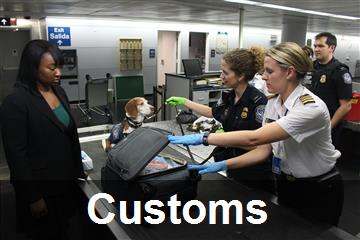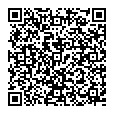
04 ott 2024
The national legislature has finalized a reform of customs regulations, introducing the Unified Customs and Control Window (S.U.DO.CO) to consolidate administrative checks at customs.
This initiative aligns with the EU's Single Window concept, which facilitates international trade by allowing parties to submit information and documents through a single entry point.
The EU regulation 2022/2399 outlines the framework for the EU Single Window Environment for Customs, aiming for a unified interface by 2031.
While the EU regulation covers the administrative phase, member states manage the One-Stop Shop for simultaneous checks.

Introduction of the Unified Customs and Control Window
The national legislature has enacted a significant reform in customs regulations, establishing the Unified Customs and Control Window (S.U.DO.CO) as per Article 39 of the National Complementary Provisions to the Union Customs Code. This reform aims to streamline the process by conducting all necessary administrative checks at customs simultaneously.EU's Single Window Initiative
At the EU level, the Single Window concept plays a crucial role in facilitating international trade. It allows involved parties to submit required information and documents to various authorities through a single entry point, as recommended by UN/CEFAT in 2005 and reiterated in Article 10.4 of the WTO Trade Facilitation Agreement.EU Regulation and Implementation
After a decade of pilot projects, the EU has established Regulation 2022/2399, which governs the EU Single Window Environment for Customs. This regulation mandates intergovernmental data exchange via the EU CSW-CERTEX system and requires the development of a unified interface for document submission by 2031.National and EU Responsibilities
While the EU regulation addresses the administrative phase, it delegates the implementation of the One-Stop Shop, where all checks are conducted simultaneously, to individual member states.Further Insights
- The Single Window concept is designed to enhance efficiency in international trade by reducing the complexity of submitting documents to multiple authorities.
Potential Opportunities
- Streamlined processes can lead to faster customs clearance and reduced administrative burdens for businesses.
- Enhanced data sharing between governments can improve compliance and security.
Critical Aspects and Potential Issues
- The success of the Single Window depends on effective coordination between various national and international authorities.
- There may be challenges in harmonizing different national systems and regulations.
Common Pitfalls and Errors
- Inadequate training for staff on new systems can lead to implementation delays.
- Technical issues in data exchange systems can disrupt the process.
Suggestions and Useful Tips
- Continuous training and support for customs officials and stakeholders are essential.
- Regular updates and maintenance of IT systems can prevent technical disruptions.
